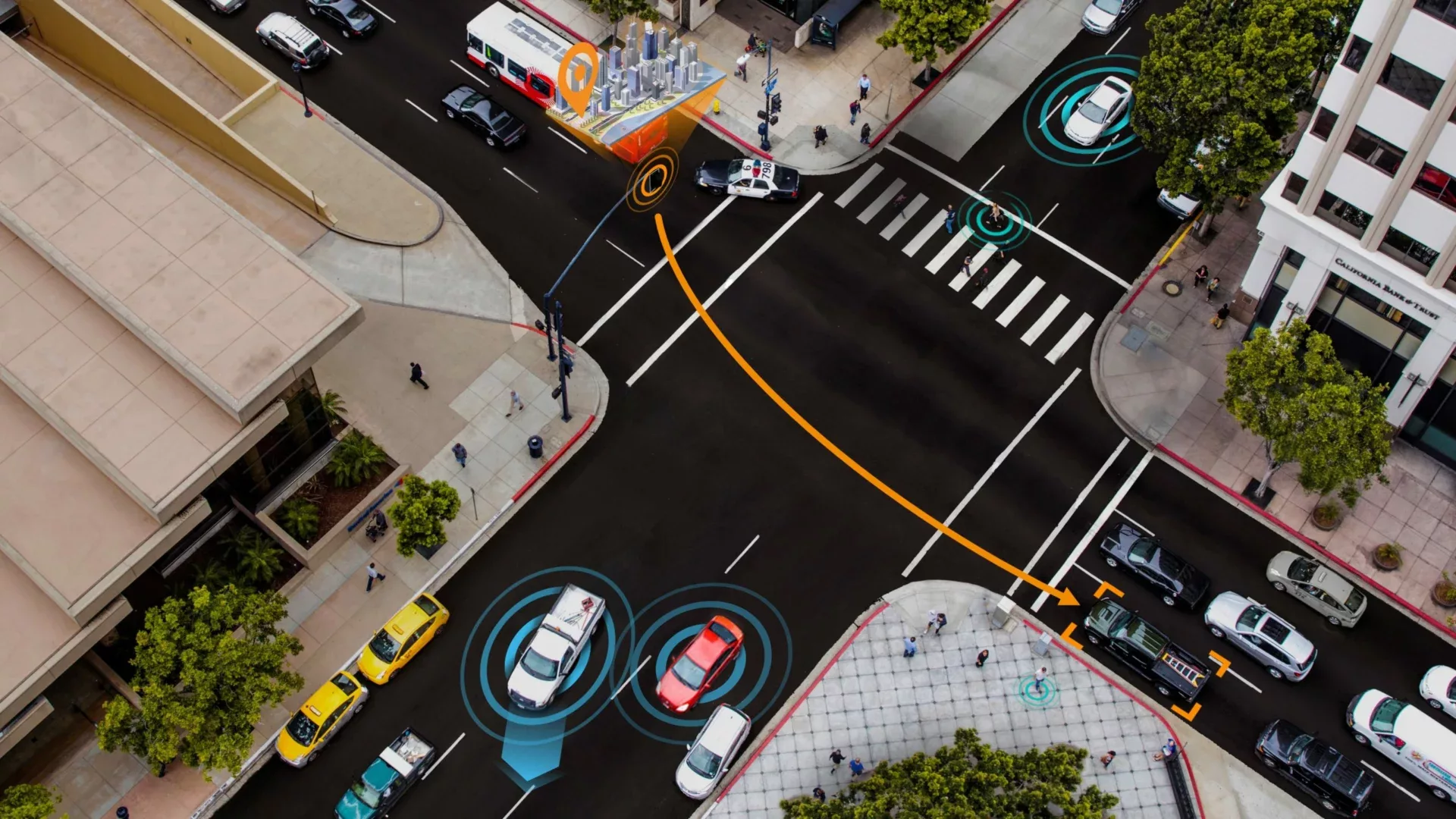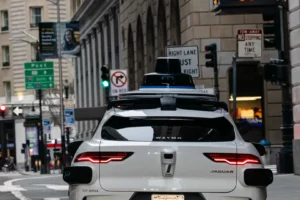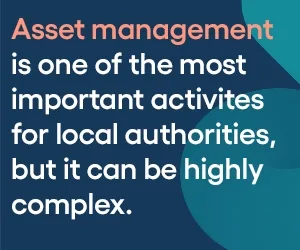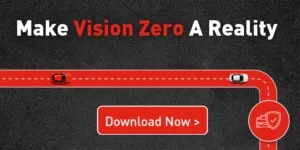US safety advocates have been touting the potential of technology that allows vehicles to communicate wirelessly for years, but the USDOT is releasing a roadmap it hopes will speed up deployment of that technology – and save thousands of lives in the process, says NPR.
“This is proven technology that works,” Shailen Bhatt, head of the Federal Highway Administration said, marking the release of the deployment plan for vehicle-to-everything, or V2X, technology across US. “The roadway system is safer when all the vehicles are connected, and all the road users are connected,” Bhatt said in an interview.
V2X allows cars and trucks to exchange location information with each other, and potentially cyclists and pedestrians, as well as with the roadway infrastructure itself. Users could send and receive frequent messages to and from each other, continuously sharing information about speed, position, and road conditions – even in situations with poor visibility, including around corners or in dense fog or heavy rain.
Safety advocates say V2X technology could help prevent thousands of crashes a year, and also mitigate damage by lowering the speed of impact when crashes do occur. They hope that help will bring down the number of traffic fatalities in the US, which has climbed to more than 40,000 per year.
“The plan is a vital first step towards realizing the full life-saving potential of this technology,” added Jennifer Homendy, the chair of the National Transportation Safety Board. “V2X can help reverse the devastating public health crisis on our nation’s roads and fundamentally transform our nation’s transportation landscape.”




























